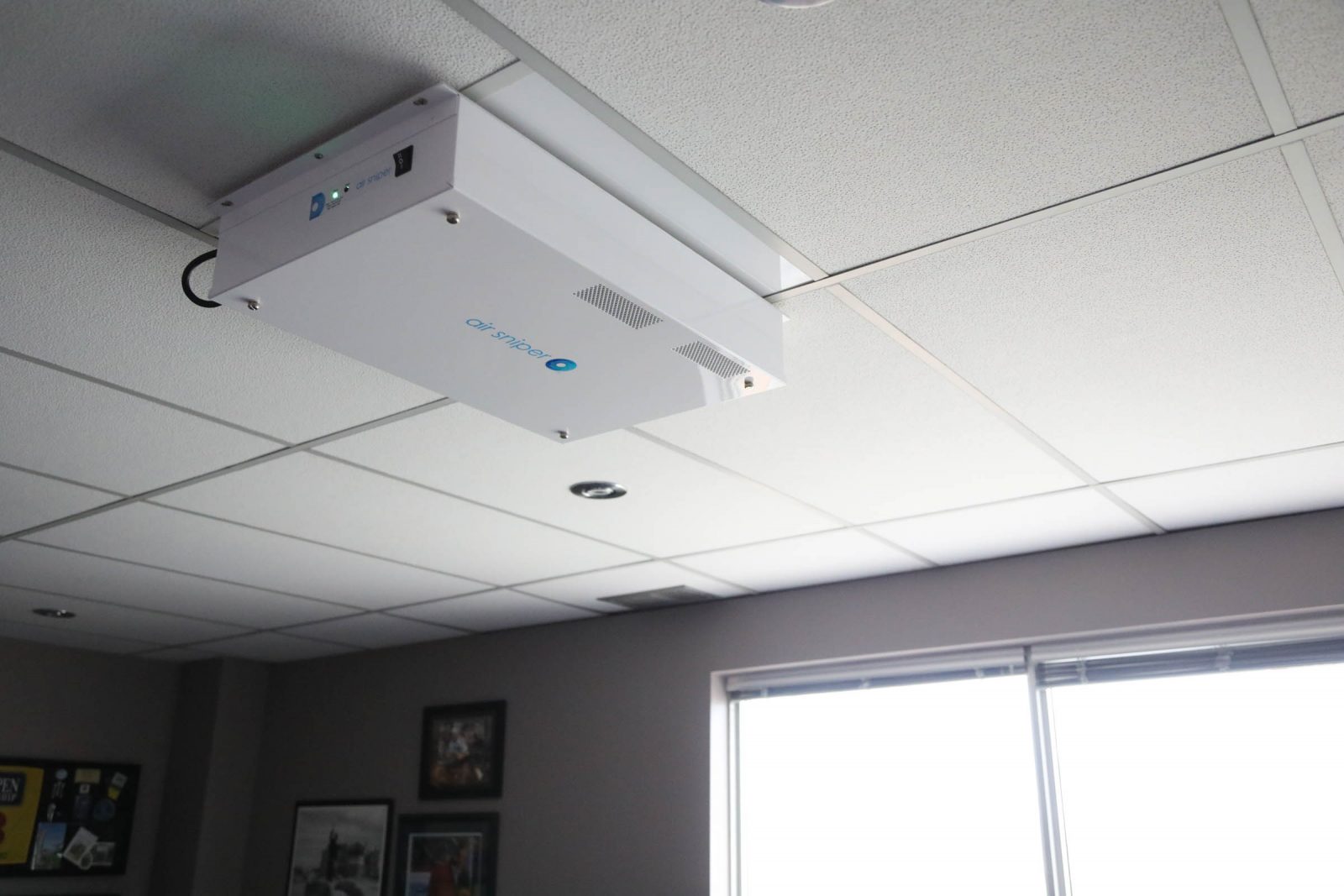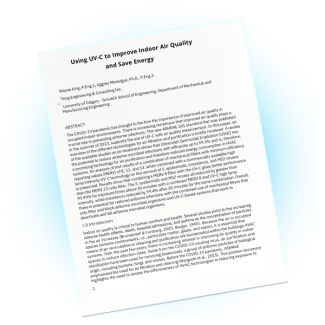In the world post-COVID-19, there are some new adjustments to everyday living. We see more people wearing masks and standing further apart as common now, but this social practice is only barely at its anniversary now. But there are many examples we can point at as examples of radical changes in a short period including directional arrows in grocery aisles, the rise of delivery apps and, of course, the growing necessity of cleaning supplies and solutions.
Whether it is alcohol-based hand sanitizer, frequent cleaning routines of high-traffic areas or increased hand washing, there are numerous examples of surface sanitization in use. The growing prevalence of these measures is surely beneficial to curbing the spread of dangerous pathogens, but should we really be so focused on surface sanitization?
Interest continues to grow around air sanitization products that can effectively remove harmful bacteria and pathogens from the air. As these microscopic bad actors can transfer through the air and often remain in spaces where contagious people were present, it makes sense that more people are creating airborne solutions.
Naturally, HVAC infrastructure plays an important role in cycling the air, but it does not do much to actually sanitize the volume of air coming into the building. Random-fibre matting pre-filters are often put in these systems, but all they are capable of is capturing particles in their maze of fibres. But recent innovations are adding a new dimension to the air cleaning system.
UVC air sanitization is a modern technology that offers a reliable and tested method of actual air sanitization. By adding UVC air sanitization systems to existing infrastructure, designing it into new builds or including standalone units in commercial or industrial spaces, better air becomes possible.
But how is this possible? Through the right combination of key factors like dwell time, bulb proximity and more, UVC light can destroy harmful microorganisms in the air. The light does more than simply trap them as it pierces them and disrupts their RNA. In lab testing results, Air Sniper products are proven to destroy 99.9% of harmful microorganisms.
It is clear that air sanitization products provide a serious benefit to keeping us safe from airborne threats. Still, as we’ve already established, surface sanitization plays its own important role in keeping our businesses safe. So, when it comes to answering the question of “is air sanitization more effective than surface sanitization”, it really comes down to the measuring device.
If we compare the dwell time of pathogens on a surface or in the air, air sanitization clearly comes out on top. But, if we compare the speed of cleaning an area, surface sanitization can be done at any time and at any frequency. Ultimately, it is best to understand that both options are important to keep ourselves healthy and safe.



